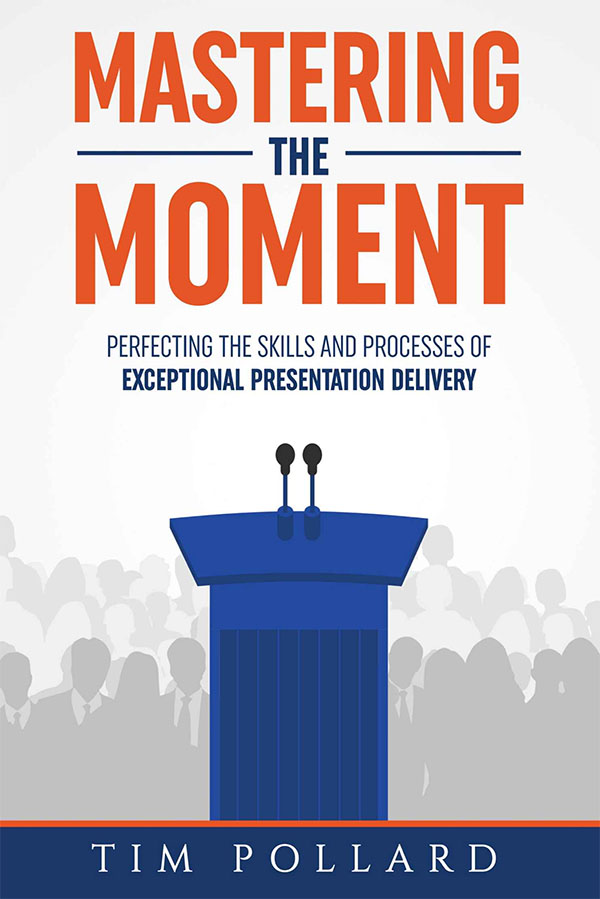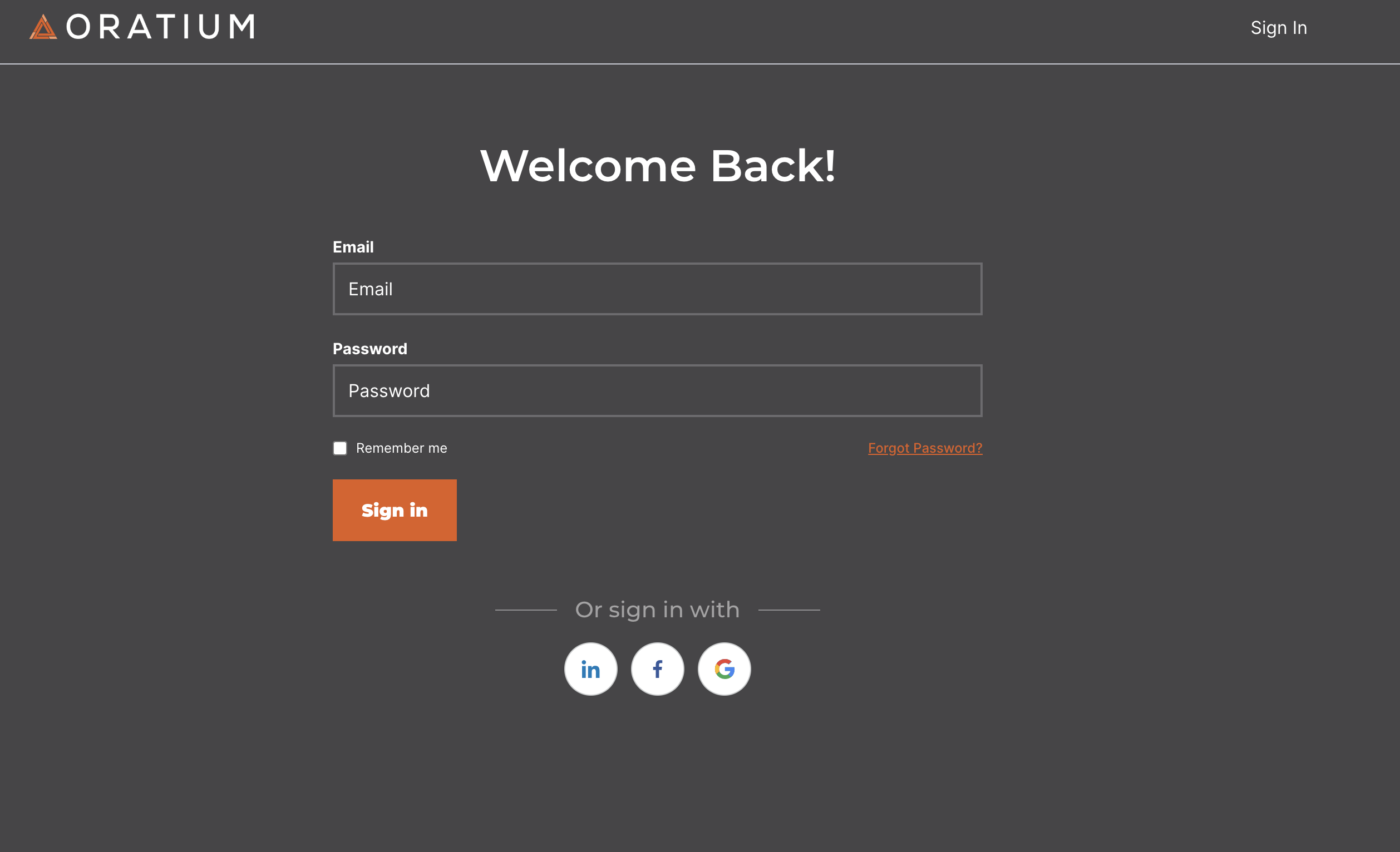Your Audience Has a Problem
Recently I was called to jury duty. We all know how we’re supposed to feel about jury duty: serving our country, playing a vital role, etc.
Of such suppositions cognitive dissonance is made. There’s a reason it’s called jury “duty.” In the realm of community service volunteering opportunities, you don’t volunteer for jury duty. You are “voluntold.”
So it is with a sense of… obligation… that I trudge down to the county courthouse on a cold, snowy Monday morning, pink summons in hand—and find to my surprise a nifty example of audience-centric communication.
A bailiff herds the prospective jurors into a holding tank waiting area, whereupon we are subjected to an “orientation” video.
The video starts, and just 20 seconds in something really interesting happens. An actor appears, playing the role of Everyman Juror. Surprisingly, there’s something off about his appearance: like all of us, his is slumped in a defeatist pose.
He holds up the pink form and says to the camera, in a resigned tone, “A summons for jury duty. This is the first one I’ve ever gotten. And when it showed up in the mail” — here his bushy eyebrows drop into a hate stare that communicates what he really thinks — “I wasn’t sure what to think.”
And everybody in the room nods, one of those involuntary, subconscious-driven nods signaling, yep, we know what you really think, and we think that, too. A fellow pink summons-ee!
Next there’s a brief boilerplate courtroom scene — but soon we are back to Everyman Juror, who says, “I mean, I think of myself as a good citizen. I want to do my part, but the truth is, at first, I was really upset. I was really busy and jury duty, well, I just didn’t see how I could take the time.”
Yes, that’s us! We are good citizens who want to do our part! It’s just, well, we’re really busy.
The video then introduces Chief Judge, who is given the task of rebutting Everyman Juror. First he explains to us not simply that trial by jury is a constitutional right, but he gives us the history of that right, even wheeling out Thomas Jefferson in support. (I should mention we are in the Commonwealth of Virginia, where you could make a bingo game out of TJ references and win in minutes.)
And then, when you think he’s going to continue this line of reasoning, when he’s going to give his big rebuttal to Everyman Juror’s feeling that this is a big hassle — Chief Judge doesn’t rebut. He agrees. He acknowledges how we all feel. He says, “We realize that serving on a jury can be burdensome, and it is almost always inconvenient. We recognize that it involves a sacrifice on your part.”
Only then, after acknowledging the way we feel, does he make his rebuttal; i.e., he asks something of us: “But I hope that you will agree with me that, when you consider the sacrifices that men and women have made through the years to preserve our way of life, the sacrifice we ask of you in serving on a jury is relatively small in comparison.”
And the body language in the room noticeably changed. People sat up a little straighter. I sat up a little straighter. We all felt better about our service. Our mindsets shifted from grudging acceptance to, hey, what was it that Jefferson wrote?
Start with your audience’s problem
What’s the lesson of this jury duty video? Two lessons:
1. When you start with the audience’s problem, when you acknowledge how they really feel about the subject at hand, you surprise them, you win their attention, and you dramatically improve the chances you get what you ask of them. Why? Relevance. Here’s the key passage in Tim Pollard’s book The Compelling Communicator to explain why:
“As presenters, we have a short window of time during which the audience is deciding if we are worthy of their limited attention. If we fail to engage them in that time, we will lose them—and it’s going to be very difficult to get them back.” (p. 184)
2. If a generic government orientation video — a government orientation video, people!— can find success by starting with, by acknowledging, its audience’s problem, then this method works… everywhere. Not just in formal presentations.
It takes a little practice, putting yourself in the shoes of the audience. And sometimes it even takes a little courage, acknowledging how they feel when how they feel could be damaging to you, to your product, or even to your request of them.
But as the impact of this little video on it audience proves, it is the best path to truly effective communications.
Curious to see the video? Give it a watch: https://www.fairfaxcounty.gov/cableconsumer/channel-16/jury-duty




